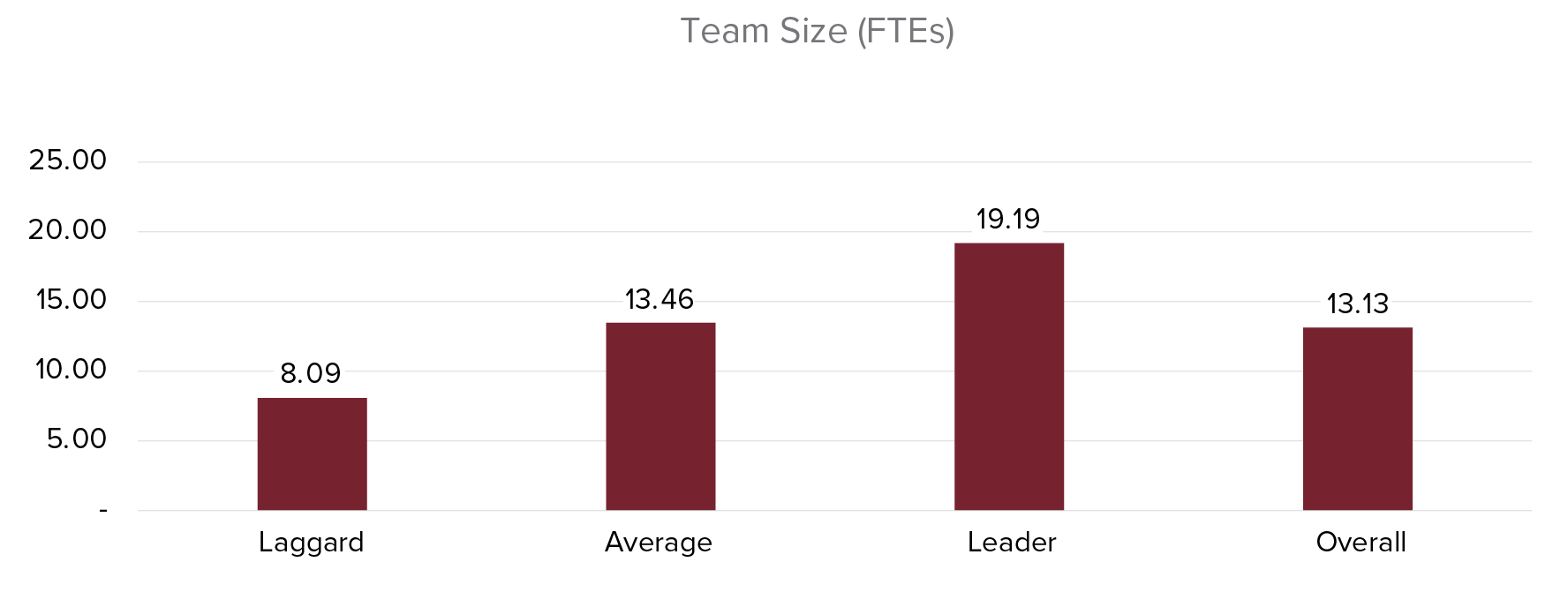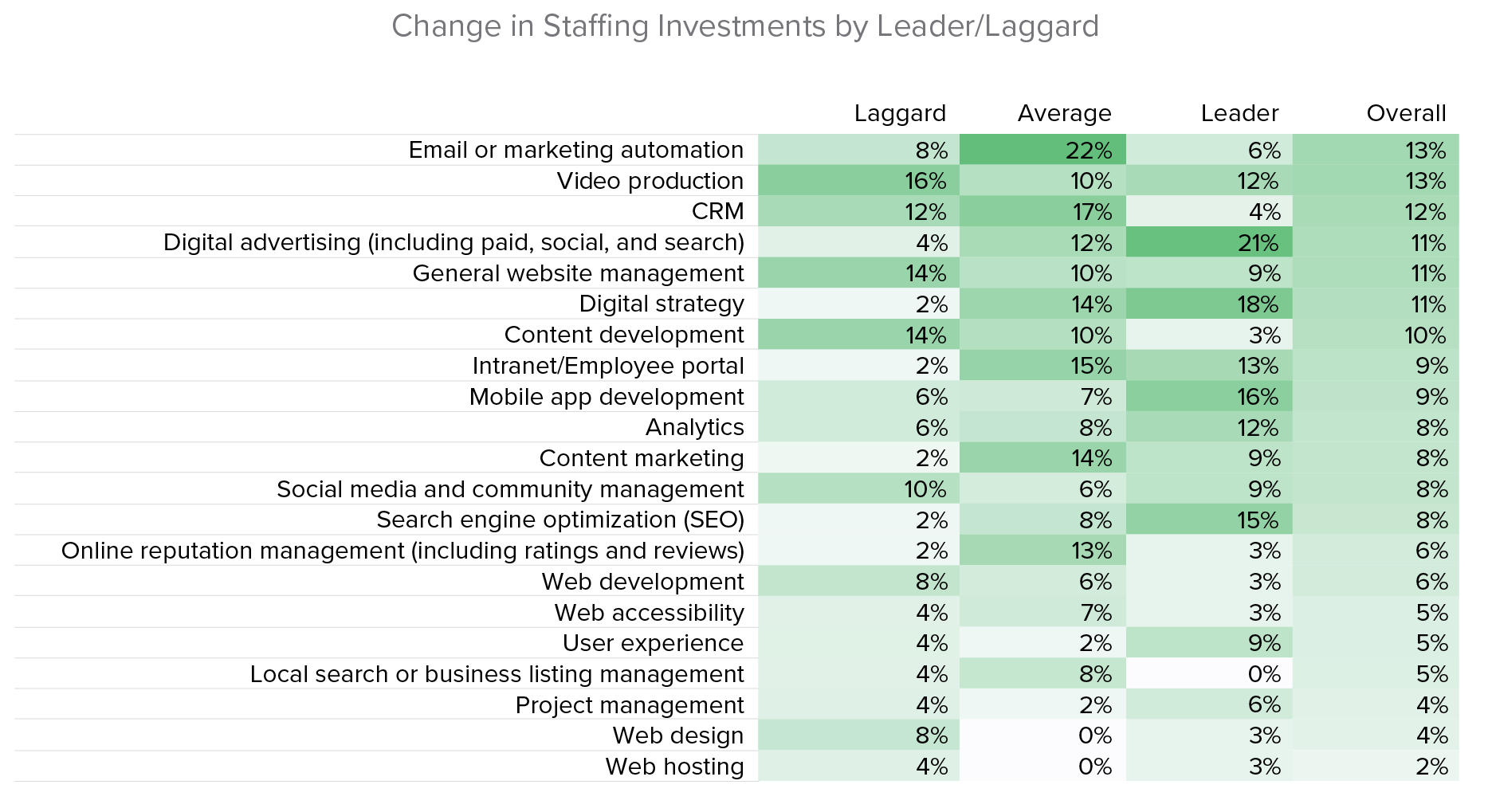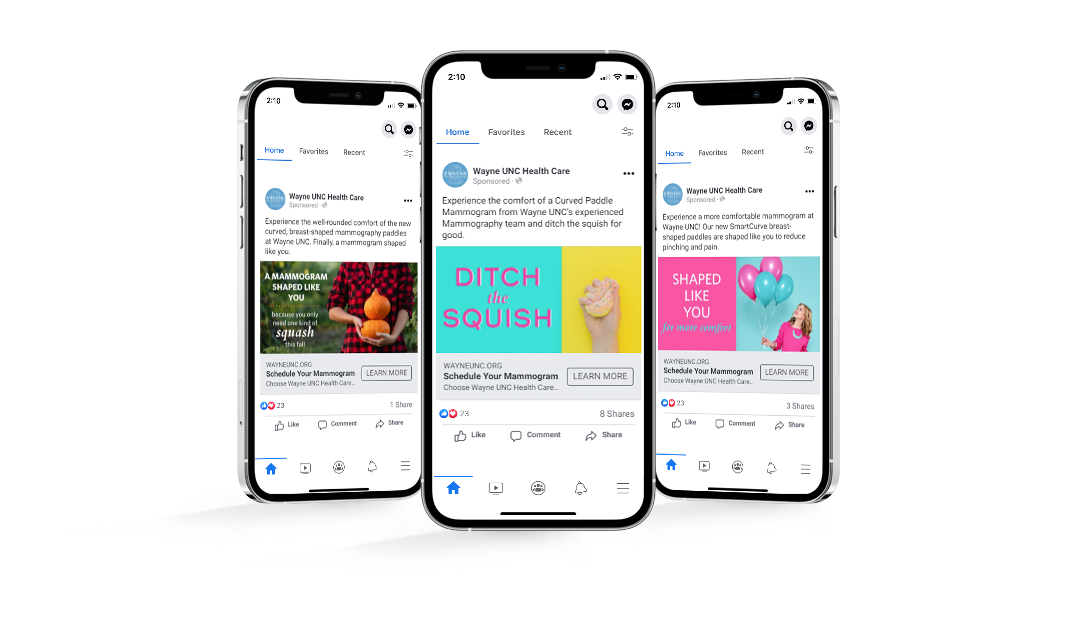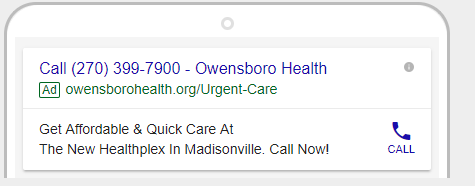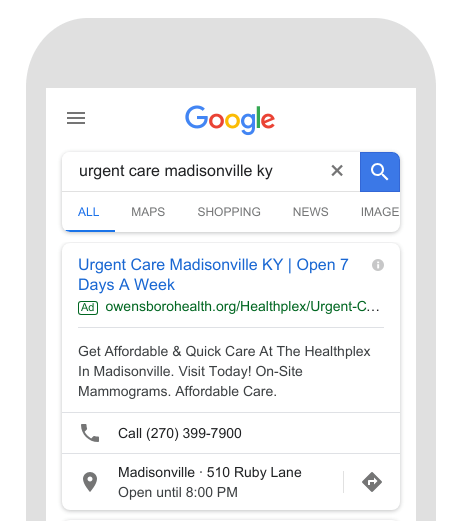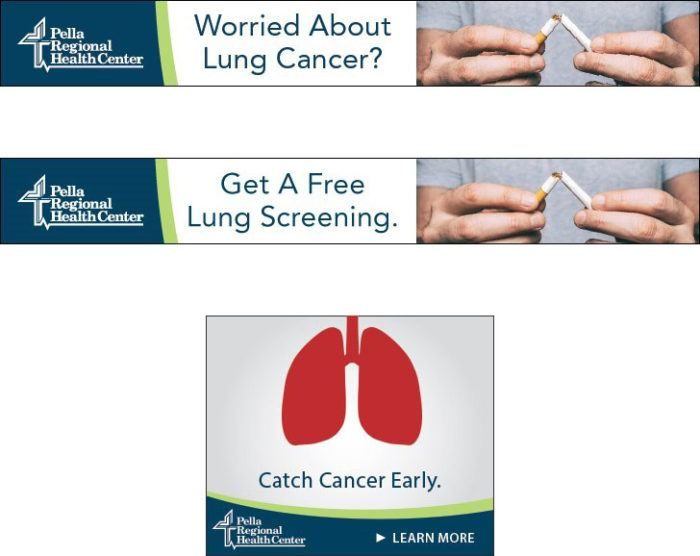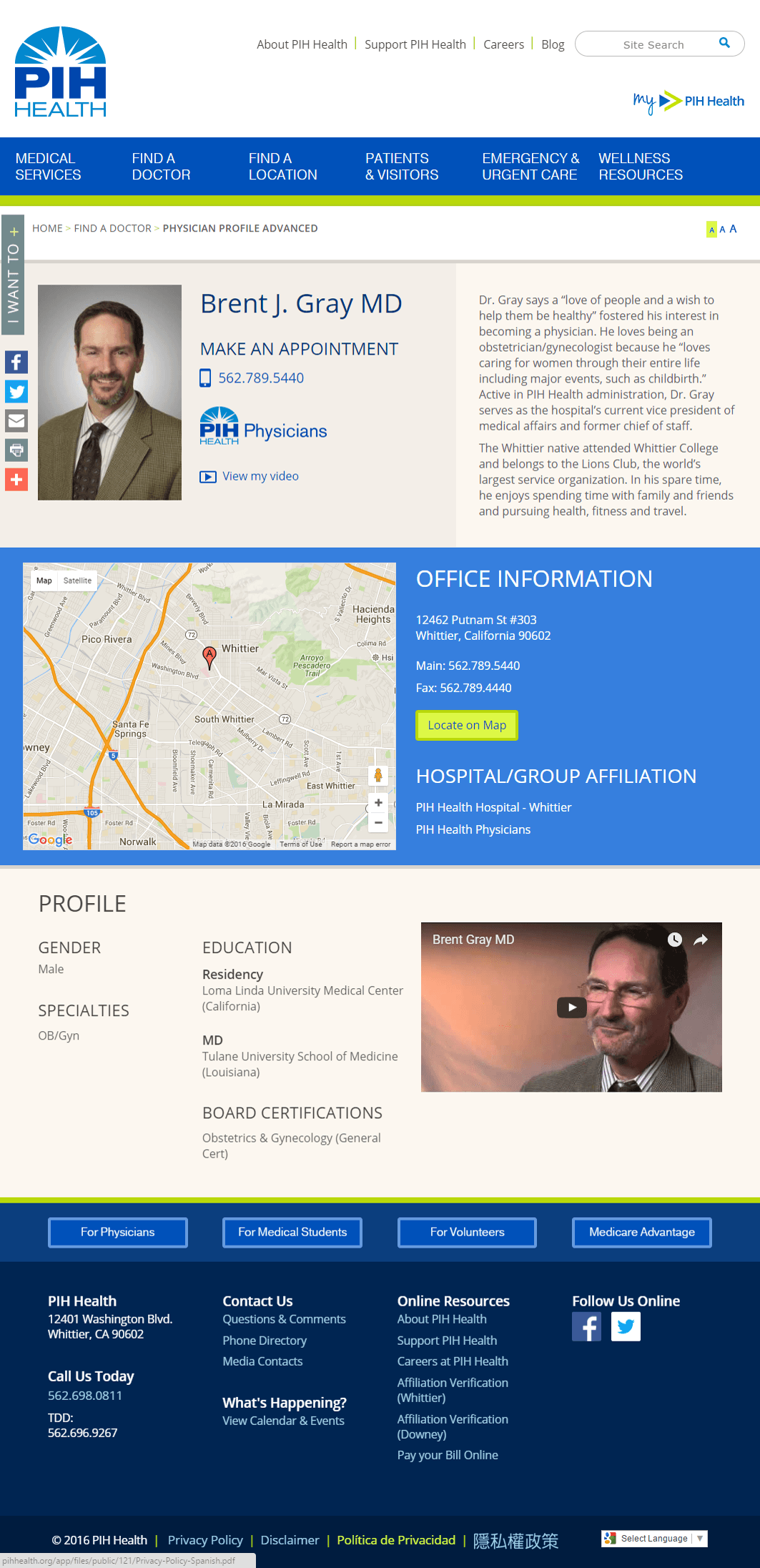Changing CMS platforms
Selecting the right CMS for your organization is an important decision. The platform you choose can either help or hinder your internal team’s efficiency. Its ability to integrate can make or break your other martech-stack investments. And at the end of the day, the features and functionality it offers changes the experience your site visitors have on your site.
According to Geonetric’s recent 2020 Healthcare Digital Marketing Trends Survey, 25% of healthcare provider respondents indicated they recently completed a platform change, are in the middle of a change, or are in the planning stages.
In that same survey, the respondents listed core capabilities such as a provider directory along with conversion opportunities in the form of bill payment and appointment scheduling as the most important features of healthcare websites. Video visits and other features that enable telehealth continue to gain importance. Up-and-coming capabilities — such as chatbots, mobile apps, and Alexa Skills — are not currently seen as important components of healthcare digital experiences.
10 must-have features for hospitals, health systems, and medical clinics
Let’s review some of the must-have features that are the foundation of impressive digital experiences in healthcare, looking deeper at capabilities survey respondents mentioned, as well as the administrative features that make doing the work easier.
1. Intuitive content editor
How important a content editor is to your team may depend on the skillsets of your individual team members as well as how many different teams will be adding content. Choosing an easy-to-use content editor makes it stress-free for any content administrator — from novice to expert — to find, author, edit, preview, and publish web pages. Be sure your solution allows you to easily create pages on the fly without extensive HTML knowledge.
2. Strong workflow features
Governance is key to a successful CMS platform. Content needs to be reviewed for accuracy, and organizational protocols need to be respected in terms of reviews, approvals, and change notifications. Be sure to find a CMS that offers sophisticated workflow management and permissions that allow you to share the work of creating quality content while maintaining control over brand standards.
3. Robust provider directory
There’s a reason the provider directory was the number one feature listed in terms of importance in the Healthcare Digital Marketing Trends Survey. According to McKinsey & Company, 84% of health consumers view digital solutions as the most effective way to search for a doctor. If you can select a CMS that already has a built-in provider directory with all the necessary features, you’ll be one step ahead. If not, you’ll want to ensure you are integrating with, or building from scratch, a sophisticated provider directory.
Regardless of whether it’s built-in or being built, be sure your provider directory: integrates with your credentialing system; offers provider search; allows you to build engaging provider profiles that display insurance accepted and other important details consumers use in making decisions; adds Schema.org markup to profiles; and, of course, offers ratings and reviews integration.
4. Other healthcare-specific modules and directories
Although provider directories top the list of must-have features and functionality, a good web experience helps consumers find the content they need regardless of how they start searching. That why other core directories such as locations, services, and calendar and events are also important. Outside of directories, be sure your CMS solution also offers other modules and functionality, such as wait-time indicators and clinical trials.
5. Dynamic content and personalized experiences
Creating customized experiences is a popular trend among healthcare marketers, but according to our research, personalization on the web still lags behind email and print as an area in which marketers are actively investing. Although only a small percentage of respondents said they are personalizing content — predominantly around geography-based personalization — those that are doing so are finding it successful.
As you evaluate solutions, you’ll want to ensure they will support your needs if you decide to offer personalization based on geography or user behavior. What’s most important is that your CMS offers a way to put site visitors on a path to a conversion point (schedule an appointment, etc.) through the use of dynamic content. For example, Geonetric’s VitalSite platform offers personalization panels that connect provider, service, location, and calendar and events directories — as well as any other pieces of structured content on your site — and cross-promotes the information your site visitors need, regardless of how they navigate your site.
6. Flexibility and scalability
The makeup of your organization today might look a lot different in the future — mergers and acquisitions are on the rise. Healthcare mergers and acquisitions had a record year in 2018, up 14.4% from 2017. 2019 and 2020 were also very active years in terms of merger and acquisition activity, although the disruptions caused by COVID-19 certainly impacted the second half of 2020.
Regardless, today’s healthcare marketers need a platform that will accommodate the acquisition of a new medical clinic or hospital on the fly. From easily adding new doctors to the provider directory to folding in new facilities into the location directory to managing multiple sites under one platform with one login, make sure your CMS is scalable and offers multi-site support.
7. Healthcare-level security — in forms, too
Healthcare organizations are held to high standards when it comes to security due to protecting personal health information. Make sure the solutions you are evaluating incorporate high-level security that controls access to content, uses a role-based security model, automatically encrypts sensitive information, and meets HIPAA compliance standards.
Forms are another important aspect to consider when looking at your CMS solutions as they are the critical conversion point for site visitors indicating they’d like to engage with your organization. Make sure your CMS offers a way for you to easily create, manage, and deploy online forms and enable workflows that follow HIPAA-compliant submissions best practices.
8. Integrations
Your website is only one piece of an ever-evolving martech stack that usually includes a customer relationship management (CRM) system, eCommerce solution, and marketing automation or email platform — all of which are likely big investments for your organization. Make sure your potential solution integrates with your existing technology stack to ensure you can deliver the best possible experience on your site and share data between systems.
9. Built-in SEO
Some optimization efforts are on-page — how you develop content to align with searchers’ queries. But some of it is technical and comes down to how your CMS is built. If you’re not careful, the platform you choose could hold you back. Look for a solution that aids your efforts with built-in search engine optimization (SEO) functionality such as Schema.org physician and location markup, canonical URLs, and metadata. Just the way your site is coded impacts page speed, a ranking indicator, so be sure you choose a CMS that is thoughtful about SEO.
10. Evolving platform
Too often, after a large investment in a new platform, it can quickly become outdated. Be sure to invest in a system that is being invested in, especially in this fast-moving digital world where small changes to a Google algorithm can have big impacts on your rankings if your platform doesn’t comply. (Schema.org markup, anyone?)
Although Geonetric builds websites on multiple platforms, our own propriety system, VitalSite, regularly gets new features and functionality, and our clients receive those at no additional costs.
Choosing the right platform for your organization
There’s so much more to think about as well when it comes to choosing a platform, including accessibility and analytics, but evaluating your CMS options by these 10 features (at a minimum) will help set you up for success today and in the future.
If you’d like to learn more about our VitalSite CMS solution, be sure to schedule a demo, or contact us to learn about how we can help you on other solutions such as WordPress, Drupal, or Sitecore.
If you’re still not sure what platform is right for you, reach out. We’ve helped healthcare organizations pick the right CMS for them based on their unique needs, team skillsets, and technology stack — and we’d be happy to help your organization evaluate potential solutions.



